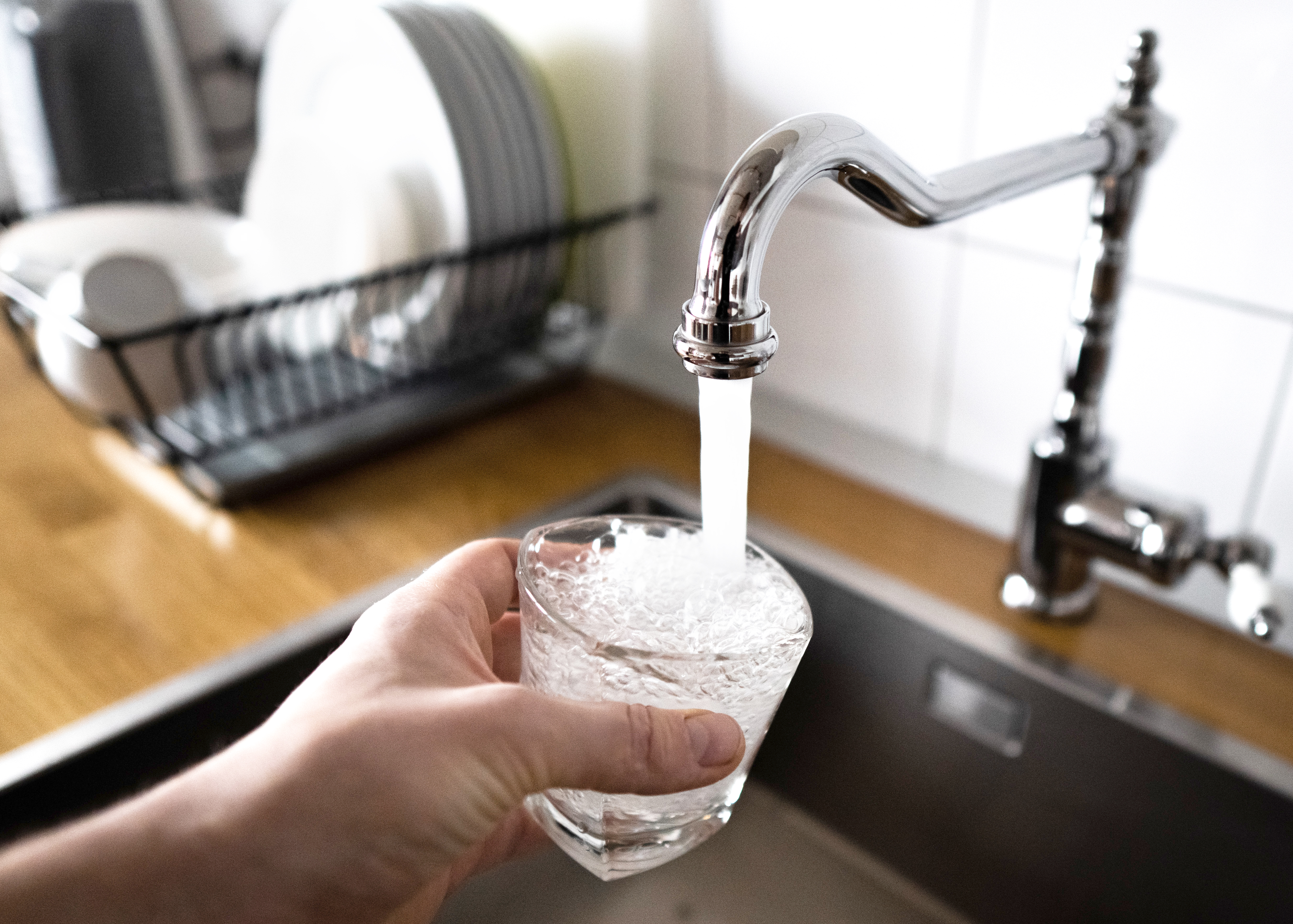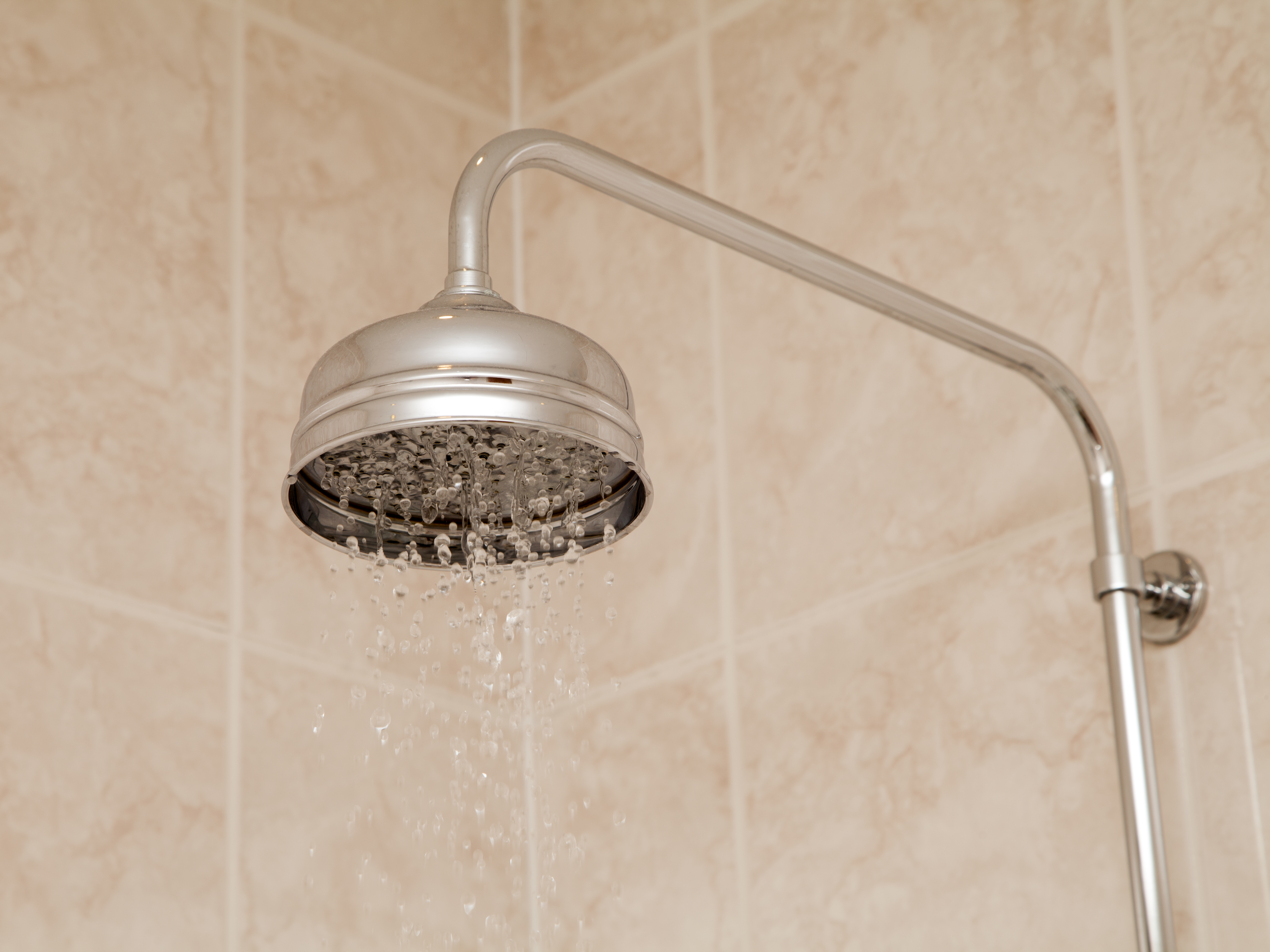
Learn about main water line repair costs in Columbus and what affects pricing to be prepared before you start getting estimates.
It’s time to cross “fix the toilet” off your to-do list


Weak flush? Running water noises? Increased water bill? Chances are you have a running toilet—one of many common toilet problems that are easy to fix. Use this guide to learn how to repair a constantly running toilet and bring down those utility costs.
A running toilet happens when water constantly moves through it, even when it’s not in use. Aside from the sound of running water, you can tell you have a running toilet issue if you’re experiencing the following:
Having to hold the handle down for the toilet bowl to empty
Having to jiggle the handle to get it to stop running
The toilet randomly flushes on its own
Leaking water on the sides of the toilet
This plumbing issue has three causes: problems with the overflow pipe, the flush valve, or the fill valve.
Luckily, learning how to fix a running toilet is relatively easy, even without plumbing experience. However, if you aren’t careful, you can make the situation worse. If you’re feeling uncomfortable tackling this yourself, don’t risk it. Hiring a professional plumber now may save you money in the long run.
To shut off the water to the toilet, locate the shut-off valve behind the toilet. Turn the valve clockwise to shut it off.
The fill valve controls the amount of water going to your toilet from your house’s water supply. If this valve leaks, water will likely continue flowing into the toilet without stopping. Thankfully, each toilet has an overflow tube that redirects excess water, preventing your toilet from overflowing.
To see if a leaky fill valve is the culprit, lift the tank lid and look for debris and calcium buildup in the valves.
If you need to replace your fill valve and would like to install it yourself, follow these steps:
Collect a sponge, a wrench, and a bucket.
Empty the toilet tank by shutting off the water supply and flushing the toilet. Use your sponge to soak up any remaining water.
Install the new fill valve according to the manufacturer’s instructions.
Turn the water supply back on.
The float, or float cup, is attached to the fill valve and moves up and down on the tower to signal the fill valve to shut off when the tank's water level reaches the correct level. You can adjust the fill height by twisting the adjustment rod that moves the float up and down. The tank's water level should be about 1 inch below the top of the overflow tube.
If the flapper chain is too long or too short, it can cause problems with flushing. If it’s too short, it won’t allow the flapper to seal properly. If it’s too long, it won’t allow adequate time for a full flush and can become tangled. You can adjust the flapper chain by adjusting the link attached to the clip on the flushing lever.
The flapper is part of the flush valve system, which controls the flow of water by opening the flapper when the toilet is flushed and closing the flapper after flushing.
Inspect the flapper for signs of wear, tear, and debris buildup that may prevent it from fitting correctly inside the flush valve and potentially cause your toilet to run.
If you find debris buildup, clean the flapper using diluted vinegar. However, if there is visible wear, you may need to replace your toilet flapper.
Once everything is fixed and replaced, do a test flush. Leave the tank open to make sure everything is filling and draining. After flushing, wait about five to 10 minutes to monitor for any phantom flushing or continuously running water.
Fixing a running toilet is a relatively easy task. The more you know about how a toilet works, the easier this job is to tackle on your own. However, if this is your first attempt to fix a plumbing problem, this DIY might take longer since you’ll learn as you go.
The cost of repairing your toilet varies depending on the materials you need (a fill valve costs $8 to $10 and a flapper costs $5 to $10), your location, and whether you hire a professional. Hiring a plumber costs $45 to $150 per hour. Call at least three toilet repair pros in your area for estimates.
Paul F. P. Pogue contributed to this piece.
From average costs to expert advice, get all the answers you need to get your job done.

Learn about main water line repair costs in Columbus and what affects pricing to be prepared before you start getting estimates.

Discover the leading factors affecting your main water line replacement cost in Columbus, including length, material selection, and installation details.

Learn how much plumbers cost in Columbus, Ohio. Discover pricing for faucet repairs, pipe work, and emergency services, plus how you can save money.

What is an anti-siphon valve? Our guide covers what it is, how to install one, and more tips to ensure that your drinking water stays fresh and protected.

Constant dripping and a stiff shower handle can be the first (but not last) signs of a bad shower cartridge. Learn other signs and how to fix the issue.

Range hood dripping water? You may have damaged flappers or need more insulation. Find out what’s causing the problem and call the right professional to fix it.